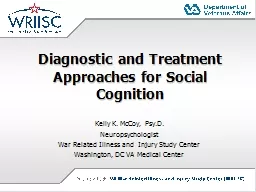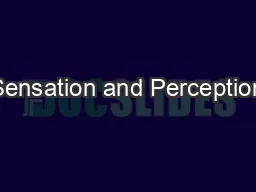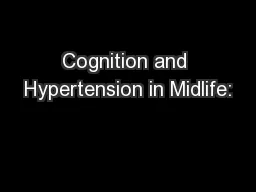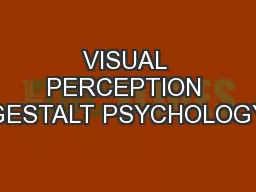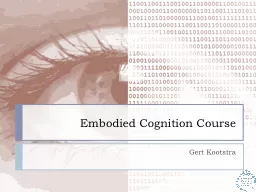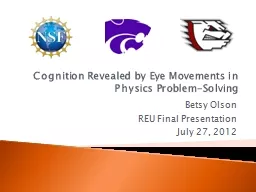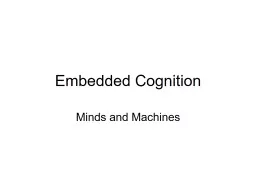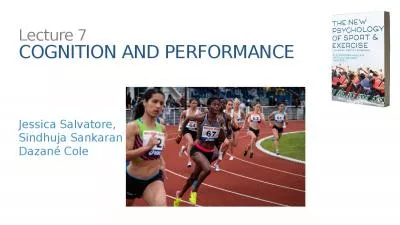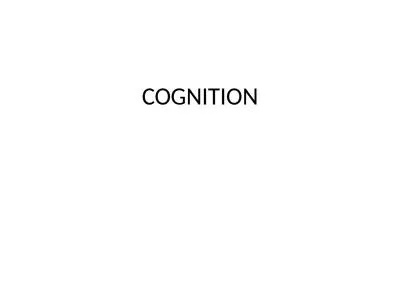PPT-COGNITION Chapter 2: Perception (Part II)
Author : riley | Published Date : 2022-02-12
also see neurological structurespdf also see Kellogg chapter 2 part I pdf Fund of Cognitive Psychology 2 nd Kellogg Fall 2013 Mark Van Selst San Jose State
Presentation Embed Code
Download Presentation
Download Presentation The PPT/PDF document "COGNITION Chapter 2: Perception (Part I..." is the property of its rightful owner. Permission is granted to download and print the materials on this website for personal, non-commercial use only, and to display it on your personal computer provided you do not modify the materials and that you retain all copyright notices contained in the materials. By downloading content from our website, you accept the terms of this agreement.
COGNITION Chapter 2: Perception (Part II): Transcript
Download Rules Of Document
"COGNITION Chapter 2: Perception (Part II)"The content belongs to its owner. You may download and print it for personal use, without modification, and keep all copyright notices. By downloading, you agree to these terms.
Related Documents


